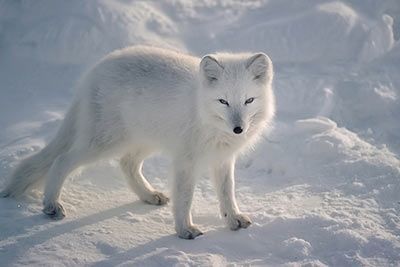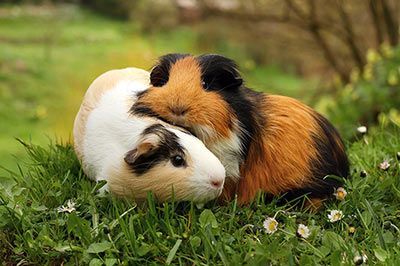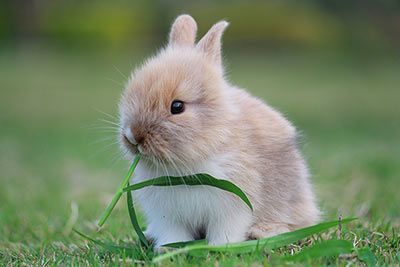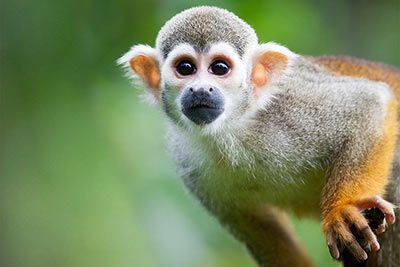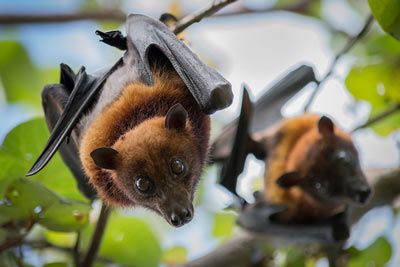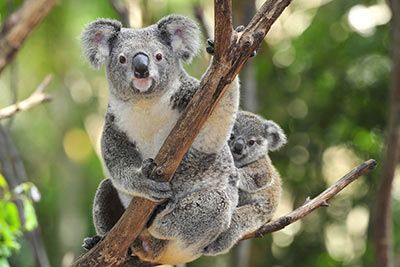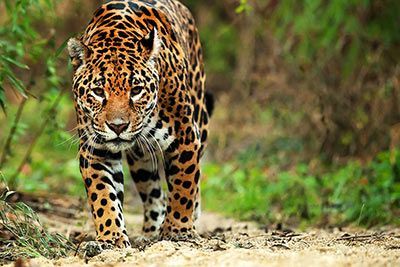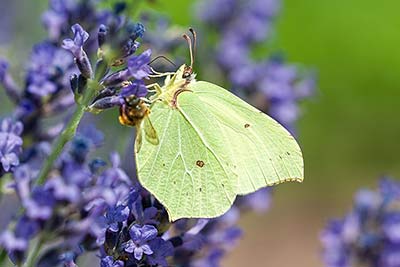Arctic Hare
Arctic Hare Facts
| Size | 17-27.5 inch (43-70 cm) (body); 1.7-4 inch (4.5-10 cm) (tail) |
| Speed | Up to 37 mph (60 km/h) (short distance) |
| Weight | 5.5-12 lb (2.5–5.5 kg) |
| Lifespan | 3-8 years |
| Food | Roots, moss, berries, buds |
| Predators | Snow-owl, wolf, polar bear, Arctic fox |
| Habitat | Greenland, North Canada |
| Order | Lagomorpha |
| Family | Leporidae |
| Genus | Lepus |
| Scientific name | Lepus arcticus |
| Characteristics | Snow-white coat, furry paws |
Main Characteristics
The arctic hare is one of the largest rabbits worldwide. It has a very dense coat that keeps it warm even at bitterly cold temperatures. It has a very good sense of hearing, sense of smell and eyesight.
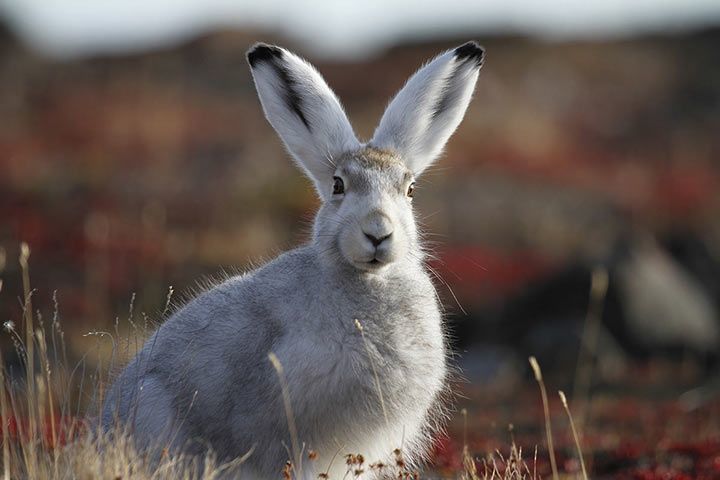
Adaption to the Habitat
How Do Arctic Hares Survive the Cold?
Only few animals have managed to adapt to habitats as cold and barren as the Arctic tundra. During the winter temperatures can reach -40 degrees Fahrenheit (-40 degrees Celsius). Yet, the arctic hare is perfectly prepared for this. Its entire body – including the paws – is covered by a very dense coat. Basically, arctic hares are loners, but if it is really cold, they like to huddle together to keep each other warm. They also dig little dens into the snow, so that the icy wind sweeps over them.
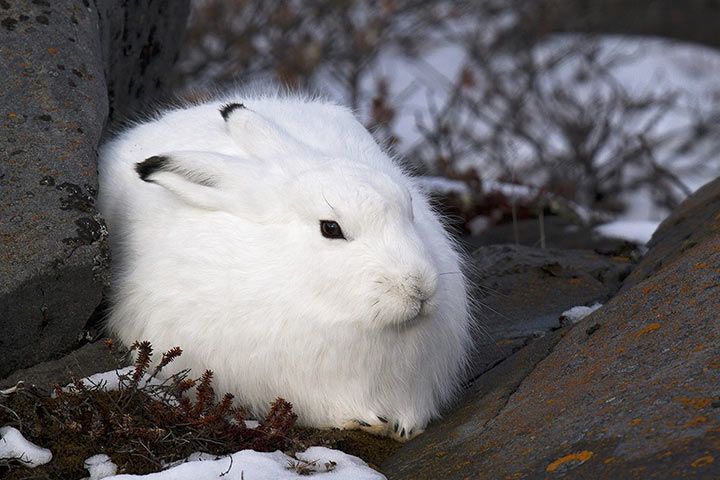
Behavior
What Do Arctic Hares Eat?
You can buy strawberries at the supermarket even in winter. Yet, the arctic hare does not have a shop within reach, so that it has to make do with the food provides by nature: Woody plants, mosses, and lichen. This does not sound very tasty to us, but the rabbit can manage quite well with this. Fortunately the tundra is not covered with snow all year long. During the summer there are delicious buds, berries, leaves, roots and bark available.
Do Arctic Hares Hibernate?
No, Arctic hares don't hibernate.
Senses and Abilities
How Fast Is an Arctic Hare?
Are you able to run as fast as a car? Just imagine: The arctic hare could even overtake a car in the city. With one leap it can jump as far as 6.5-9.8 feet (2-3 meters) and reach a speed of up to 37 mph (60 km/h) over short distances thanks to its strong hind legs. The first “rear wheel drive” that works on snowy ground! With a little luck, this enables the arctic hare to escape enemies such as the Arctic fox or the wolf.
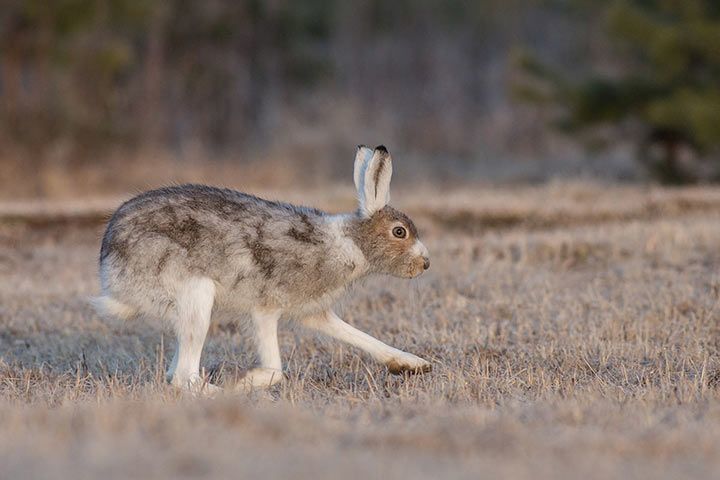
Anatomy and Appearance
Summer Coat and Winter Coat
During the summer, the arctic hare has a grey or brown coat. With a white coat it would be easily noticeable for its enemies in the brown-green tundra. During the winter it changes the color of its coat to a beautiful snow-white shade, so that it can hardly be detected in the snowy landscape.
Never Without My Ski Goggles
Arctic hares have their "ski goggles" integrated so to speak. Their black eyelashes protect them against the gleaming sun.
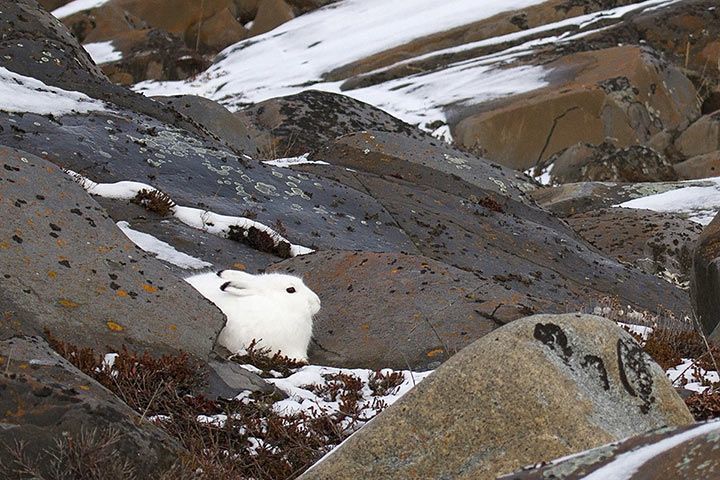
Reproduction
Arctic hares give birth during the "summer", when it is not that cold. One litter comprises 2-8 baby rabbits, which are hidden in the thicket on cozy beds made of moss and other plants. After about two months they are already able to look after themselves.
The European Hare Is Related To:
- African Savanna Hare
- Black-Tailed Jackrabbit
- Mountain Hare
- Scrub Hare
- Snowshoe Hare
- White-Tailed Jackrabbit
Animals in the Same Biome:
- Watch Now on animalfunfacts.net:
 How Do Animals Survive in the Arctic?
How Do Animals Survive in the Arctic?













